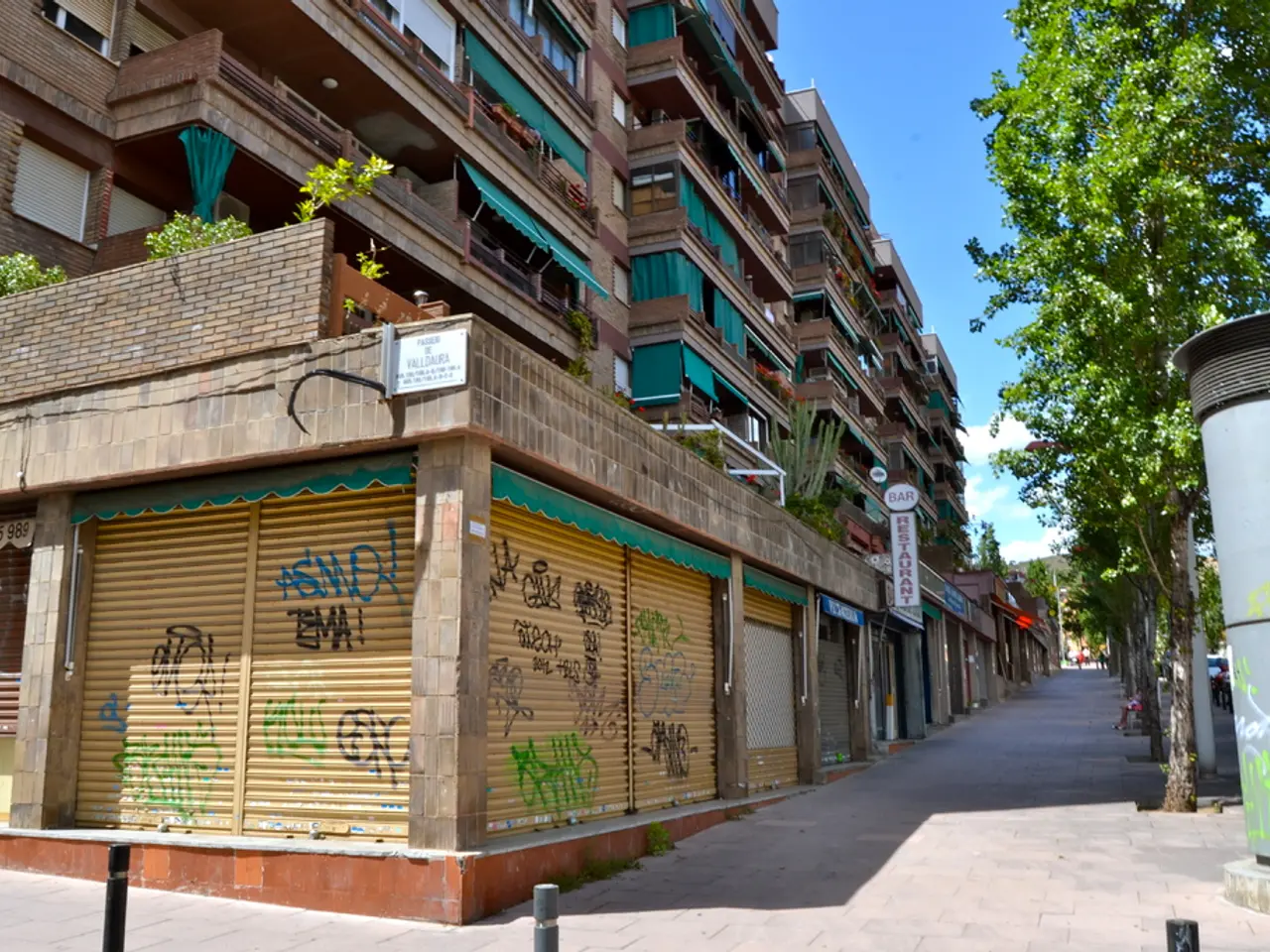European Capital City Praised by Rick Steves as "Uniquely Proud"
Tallinn, the capital of Estonia, perched on the edge of the Baltic Sea, is a must-visit city in the Baltics. Known for its well-preserved medieval Old Town, the city offers a unique experience that blends Old World architecture with post-Soviet resilience and a modern outlook.
Rick Steves describes Tallinn as a success story in his article "A Quick Trip to Tallinn." The Old Town, a UNESCO World Heritage site, is very walkable, and most sights are within a 10-20-minute radius. Public transportation is an efficient and inexpensive way to get around outlying areas.
Beyond the medieval Old Town, several lesser-known yet significant sites offer rich cultural and historical experiences. The alternative quarters of Tallinn, such as Kalamaja, known for its colorful wooden architecture and maritime heritage, are worth exploring. The Kalamaja Museum offers insight into its transformation from a fishing village to a hip, artistic neighborhood.
Monuments tucked outside the Old Town walls, like the statues of Sean Connery and Robert Burns in the gardens of Lee Brasserie, which reflect Scottish cultural ties, and the evocative "Broken Line" monument, commemorating victims of the 1994 ferry disaster, are fascinating attractions.
The Rotermann Quarter, a district blending historic industrial architecture and modern urban design, leads towards Kadriorg Park where one can find the city's oldest and last remaining concrete electricity pole—an obscure but unique attraction.
Museums beyond the typical medieval history, including the Estonian Film Museum, which offers a curated experience of film culture and history in Tallinn, are worth a visit.
Nearby natural and cultural sites, like Kadriog Park, renowned for its gardens and museums, provide a contrast to the medieval ambiance of Old Town.
Inside Tallinn's Old Town, visitors can find remnants of feuding medieval towns, Soviet-era reminders, and signs of a fast-developing digital society. The Alexander Nevsky Cathedral, a striking Russian Orthodox church in Toompea, and the Vabamu Museum of Occupations and Freedom, which offers a sobering look at Estonia's 20th-century experience under Soviet and Nazi control, are must-see attractions.
Town Hall Square, the heart of the lower town, is a bustling plaza with a mix of tourists and locals. The medieval center of Tallinn still pulses with local life. Toompea Castle, now home to Estonia's Parliament, is located in Toompea, Tallinn's upper town and historical seat of power.
The Tallinn City Museum is located inside the town hall, offering insights into the city's history. The Estonian Open-Air Museum showcases folk culture.
Collectively, these sites reveal a side of Tallinn that goes beyond the well-trodden medieval streets to showcase contemporary culture, local history, commemorative art, and unique urban features. Tallinn is indeed a vibrant city that offers a rich tapestry of experiences for any visitor.
- Referencing the unique experiences offered by Tallinn, one can incorporate lifestyle and travel by stating, "Exploring the alternative quarters like Kalamaja, tourists can immerse themselves in the local lifestyle while traveling through the captivating wooden architecture and rich cultural history."
- Reflecting on the variety of attractions available in Tallinn, visitors can appreciate the destination as a place where they can experience not only a medieval past but also a modern and dynamic present, "Beyond the medieval charm of Old Town, travelers can appreciate the city's contemporary culture, including museums and urban design in areas such as the Rotermann Quarter and Kadriorg Park."




